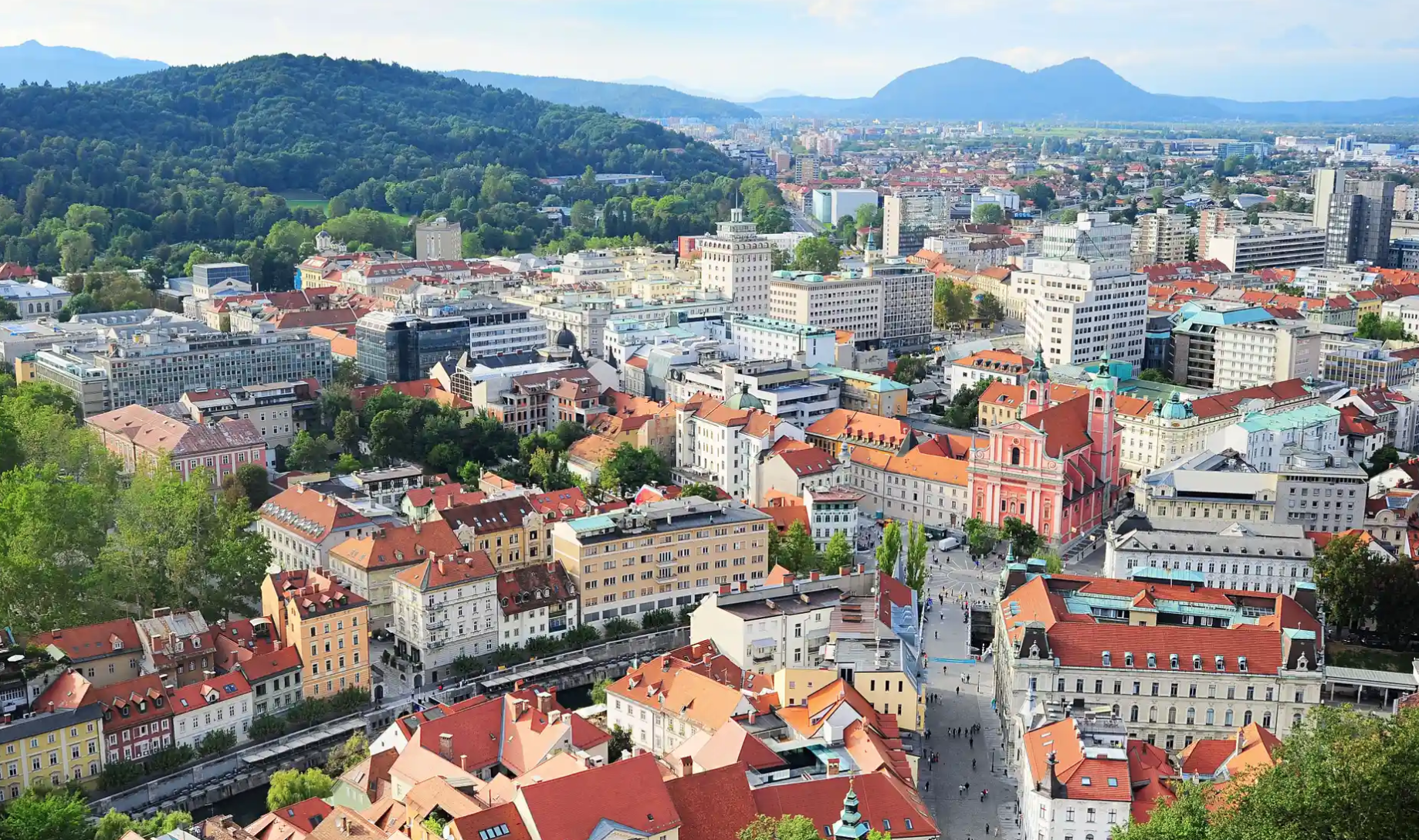Meander 8: Swelling homes, Shrinking Communities
When I first came to this country, I was surprised by the desire of my American friends to live far away from city centers. When I asked them to describe their ideal homes, most wanted to live at the end of a long driveway, away from other people. Preferably, they would be secluded on the edge of public lands where nothing could ever be built to infringe upon their privacy.
This vision was so different from the way I had been raised and it was difficult for me to comprehend. For me, city centers represent culture, community, bumping into friends, congregating in cafes and pubs, and the ability to meet most of the needs of daily living – groceries, mom-and-pop shops, and farmers markets. And all of these interactions that meet vital social needs do not require a car, instead, they are all achieved by walking.
In this country, I learned about the distrust many people have about cities. To them, cities are places of crime, noise, pollution, and lack of green spaces. My wife expressed a similar distrust about cities when we started our family. Eventually we settled on a home with a backyard for our kids to play in, with quality schools nearby, and a grocery store and bus stop within a mile or two. (My wife and I are still engaged in cross-cultural negotiations).
The developers of our area did not plan for people like me who like to walk and bike and greet neighbors and do without a car for most of life’s activities. With land and energy cheap and abundant, they didn't focus on creating safe and beautiful walking paths, or easy access to amenities and necessities. To them, resources were limitless, and Madison Avenue and the likes of Henry Ford were creating the vision for an All-American way of life that so many quickly latched on to and toed the line. We acted then as if cheap land and energy were here forever, and we didn't give it a second thought.
Our home was built in the 1960s, probably representing the top of the line at the time. Now homes like ours are ‘teardowns’ and immediately replaced by small castles. But as our houses swell in size, our sense of community shrinks. New homes commonly have three garages, a theater room, a fitness room, one or two offices, a separate bedroom for each child, a guest room, and perhaps a meditation and yoga studio in addition to the kitchen, bathrooms, and ‘master’ bedroom. Activities that traditionally took place in public spaces, like theaters, cafes, churches, or parks, we now perform privately. The Covid pandemic made this trend even more pronounced.
The ramifications of this style of living are devastating. And now we are seeing the consequences of those choices: social isolation with consequent deleterious health effects, traffic jams, inadequate affordable housing, large hard surfaces that prevent the soil from absorbing water and causing floods and fires, all contributing to an ever-heating planet that is proving to be unlivable for many.
As I walk to the bus stop alone, trying to ignore all the cars zipping by, I think of ideas for what we, the people, can do:
Support neighborhoods where people can live without cars.
Understand that the long game should be to surround these walkable communities with green belts connected via transit.
Create incentives and programs for people to “trade” homes so they can live closer to their work, diminishing long, costly commutes by vehicle.
Include transportation and infrastructure costs along with home prices. A less expensive home that requires long commutes is still costly, in more ways than one.
Consider replacing the desirable “rural” designation label with “privacy zoning” unless people use the land for productive activities such as farming. There will always be those who seek to live apart from others, that is their right. But they will need to fairly absorb the additional infrastructure costs that accompany low-density developments, costs now equally absorbed by all taxpayers.
Begin retrofitting suburbs by allowing small pocket businesses, perhaps a neighborhood store, pub, or café, a bicycle shop, or a hair salon. I can already imagine the objections to, for example, a small woodworking shop. People will complain that it makes noise, but the sad fact in our neighborhood is that most of the time we hear some machine mowing lawns or blowing leaves. I would be happy with quiet weekends, a lost convenience from a bygone era.
Offer further support for infills that allow granny flats and subdivided lots.
Design public garages so they could serve as affordable apartments, offices or workshops.
Turn large parking lots into housing, offices, parks, libraries, or community centers.
Have family meetings to commit to waste less, drive less, carpool more, take transit, etc.
Become early adopters of green technologies.
And hundreds of more ideas…
Recently, I organized a small “Stop the Sprawl" think tank to invite people to discuss our land use choices and to collect ideas from many on what we could do to make it work into the future. A small group of diverse professionals responded to my invitation. I will keep you posted here on what emerges from those ongoing discussions.
We have an excellent opportunity to articulate a working, joyful, and courageous image of the future and to align our current decisions and goals with it, starting now. It will require thoughtful, caring people, to think through what a working future looks like AND to be willing to do our part. Nothing less will do.

